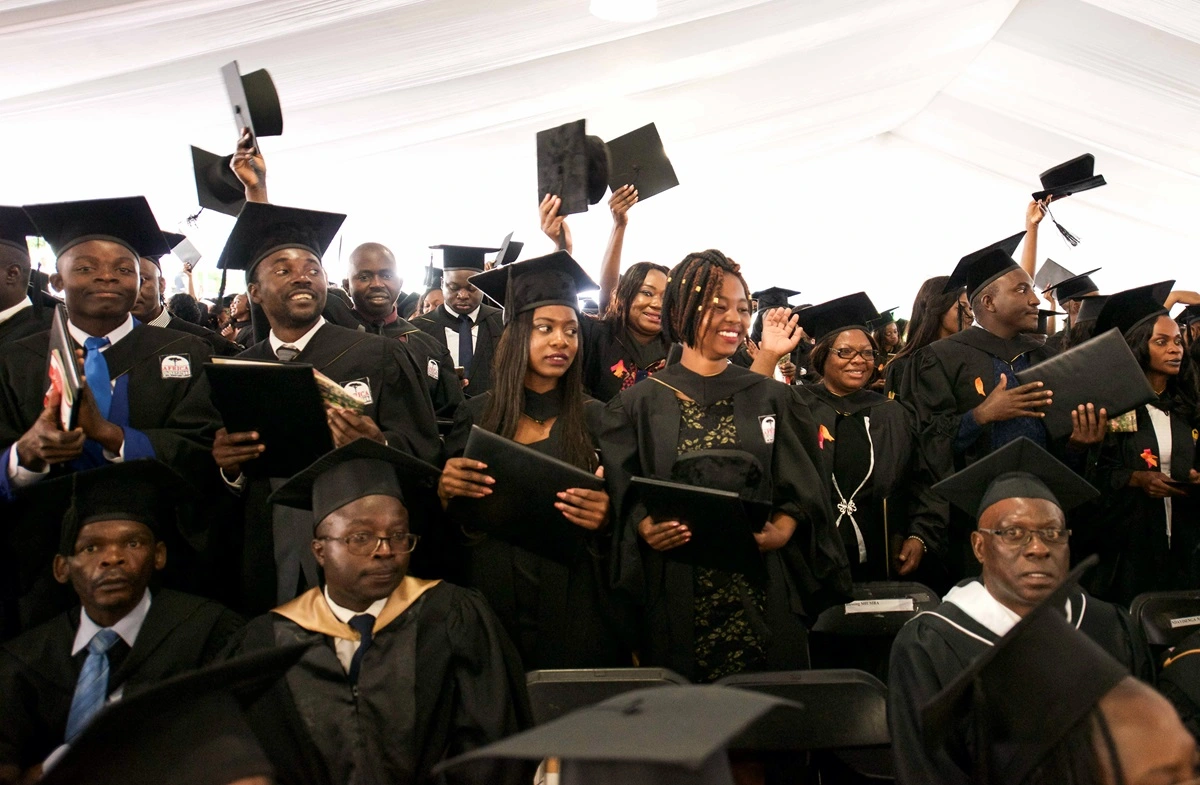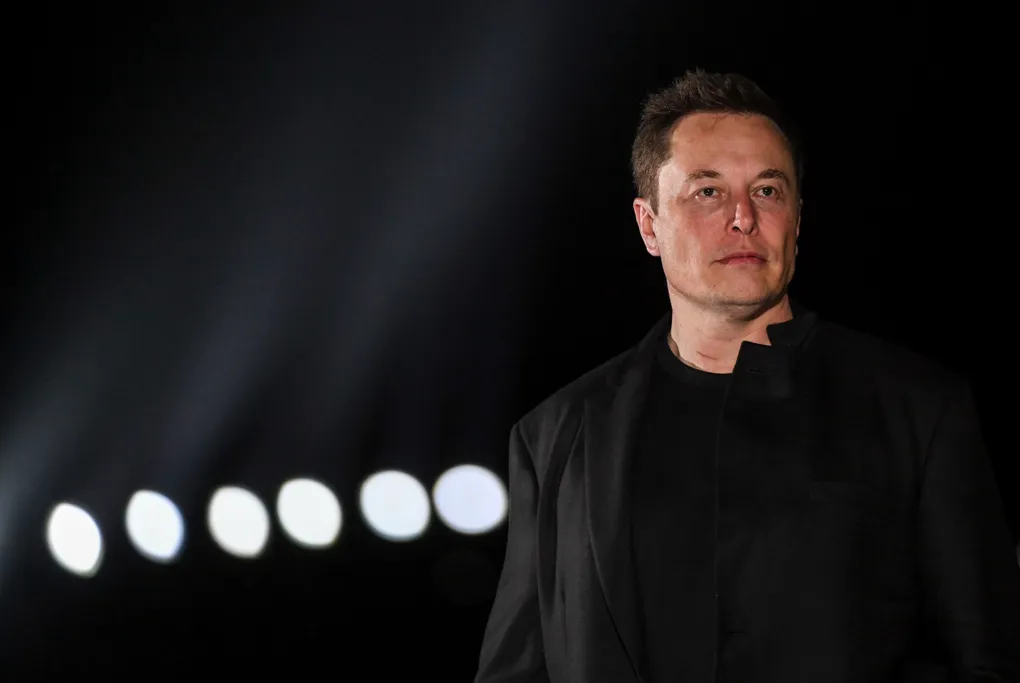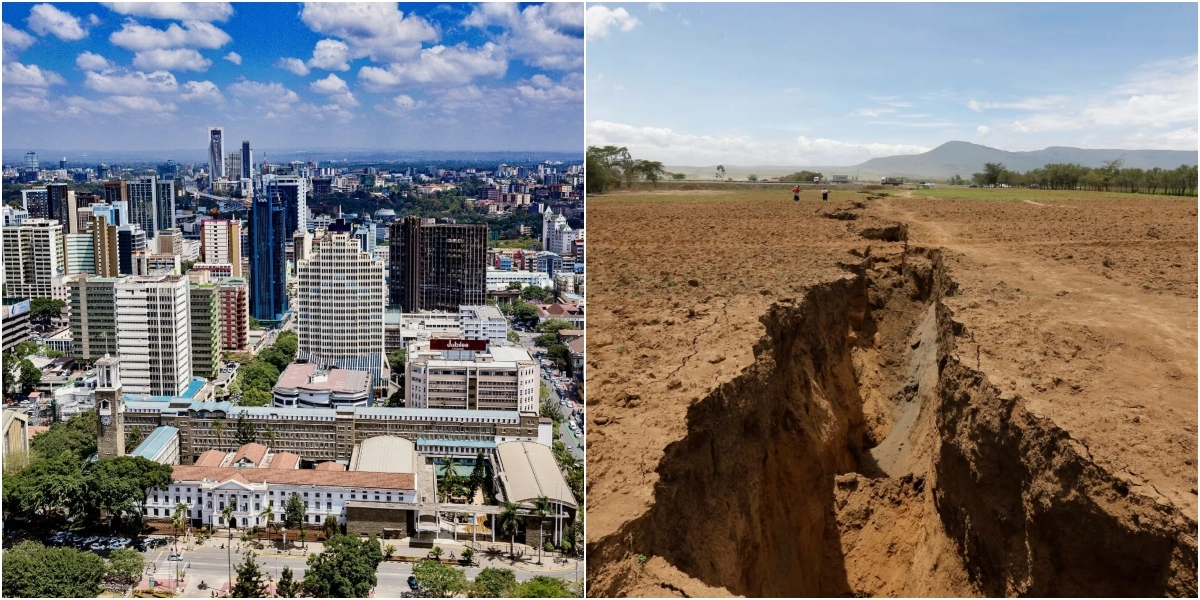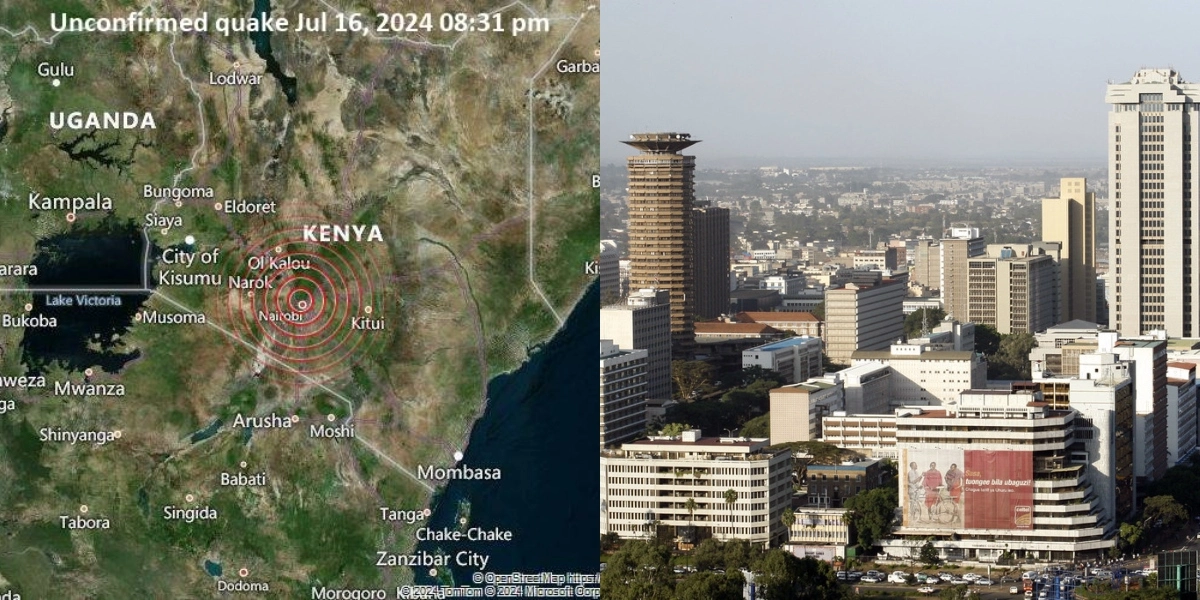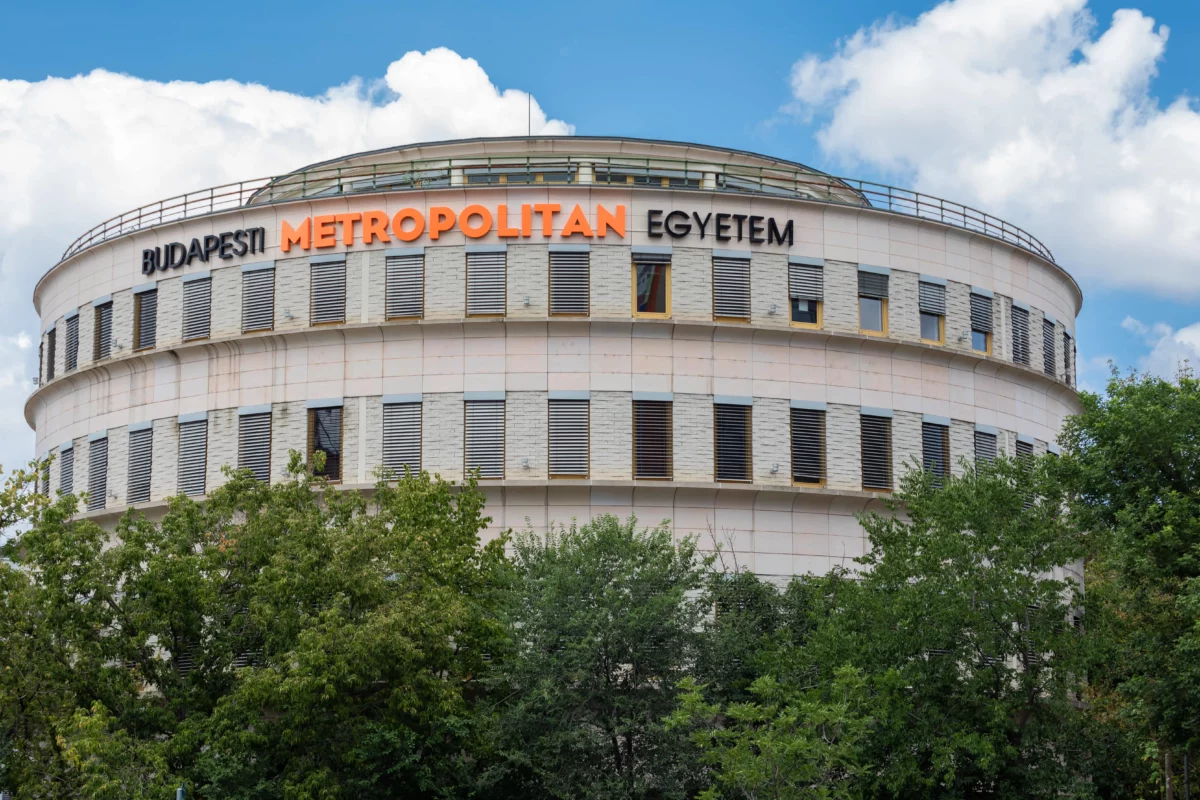The eclipsing change in varsity education cost in the country is a harsh reality for majority of Kenyans who have termed higher education as a reserve for the rich. This year, some 201,133 students scored the university entry points of C+ (Plus) and above. However, most of the students will be forced to enroll for courses that they can afford, unlike courses in which they are interested in as a result of the increased varsity fee.
Three years ago, the National Assembly Committee on Education agreed with institutions’ management to gradually increase the school fees. They termed the fees unchanged since 1989 despite the increased cost of running the institutions.
However, the increased fee has proven to be beyond the reach of parents and learners who are forced to forego their dream courses, opting for affordable ones. For instance, Maseno University’s fee structure for Bachelor of Education (Art with IT) has been revised to Ksh 184,000 per year according to an official memo.

Statistics show that, in 2024, 7.8 percent of Kenya’s population lived below 2.15 U.S. dollars daily. This means that over 8.9 million Kenyans are in extreme poverty, a stark reality. The aforementioned statistic gives a clear image of the populace’s reality in comparison to the cost of education.
Historically, regimes have always outlined increasing literacy and access to education, side by side with poverty alleviation as their major manifestos. The Kenya Kwanza Regime was not different in its campaign strategy. Education was piped as a main agenda. However, the tune currently played is different for the Kenyan hustler, bogged down by debts and ever-increasing taxes, despite the government’s overspending on trifles.
Late last year, a student at Uzima University called for interventions after the institution allegedly increased the school fees for all continuing students. Taking to social media, one of the students alleged that the institution had increased the fees from approximately Ksh 79,000 to Ksh 229,000.
Fee details published in the Kenya Universities and Colleges Central Placement Services (KUCCPS) in May 2023 show that first-year students will pay up to Ksh 600,000 annually for a degree program in public universities in the new funding model. On the other hand, students joining private universities will be locked out of government scholarships.
According to university fees enlisted in this new funding model, under the KUCCPS portal, a first-year student undertaking a bachelor of Law degree course, in a private university will pay as high as Ksh 170,000 annually compared to a student pursuing the same course in a public university.
This upward trend will result in thousands of students not being registered for courses they are supposed to study. They will also be unable to access essential university services, including the library. Further, exacerbates the fear of dropouts and a blow to quality employment. Last semester, a freshman who was initially selected to study medicine at the University of Nairobi said that his parents changed his course as a result of the hiked fees.
As the country works towards sustainability and increasing the GDP, the rising issue of varsity fees proves to be a constraint. Most students will not be able to afford the courses of their dreams, and in extreme cases, a majority will be forced to drop out increasing the pressure on unskilled unemployed youths.


